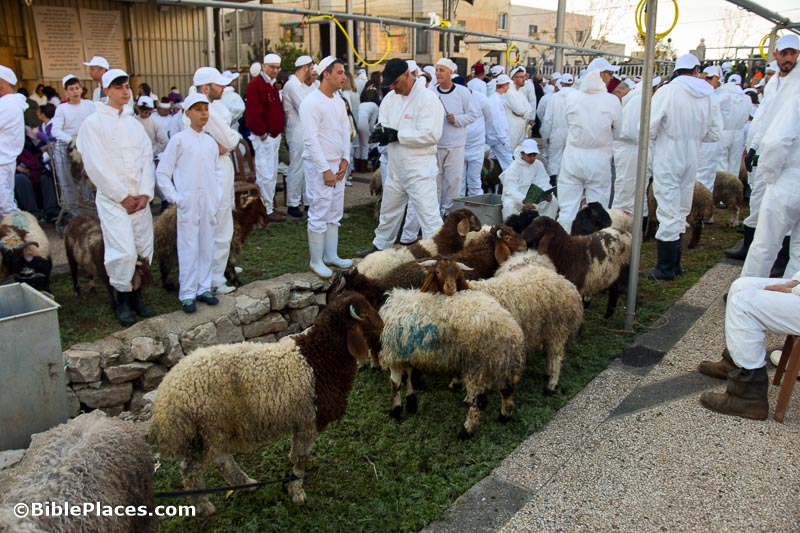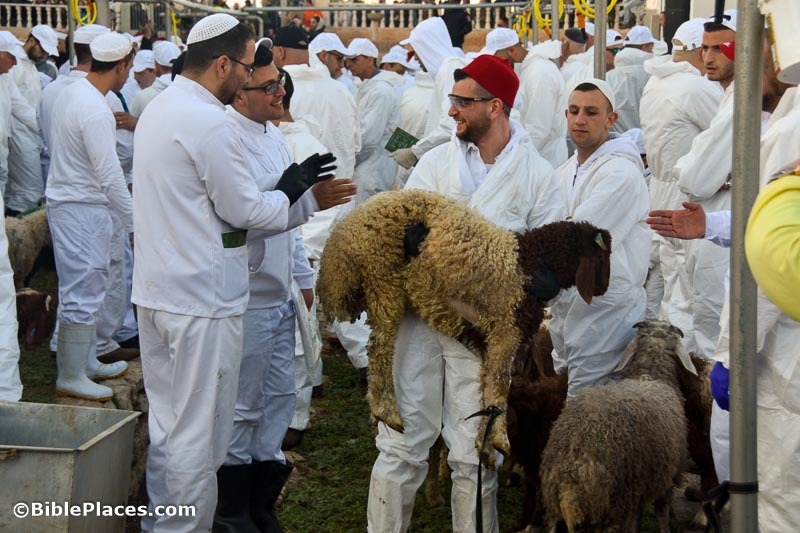Dig:
A tower from the time of King Hezekiah was discovered on a military training base in the Hebron hills.
The first week of the Tel Burna excavation has wrapped up, and Chris McKinny shares a summary and lots of photos.
Aren Maeir provides some of the objectives for each area as they prepare to begin the 2019 season at Gath.
The latest video of the Shiloh Network News is now online.
“New finds at Tell Deir Alla in the Jordan Valley contradict previously published results that the north side of the site was used for cultic purposes.” I’m not sure how “new” these finds are, but the aerial view of the site is nice.
The May 2019 issue of the Newsletter of the Egyptian Ministry of Antiquities features the latest news and discoveries.
Tour:
Sappers finished clearing mines at the seventh and final monastery at Qasr al-Yahud. Six more months of mine clearing are required before the area will be safe.
Nazareth Illit (Upper Nazareth) has voted to change its name to Nof HaGalil, to end confusion with the city of Jesus’s childhood.
In a painstaking process, the Penn Museum moved its red granite 12.5 ton sphinx of Ramses II to its main museum hall.
The Getty Conservation Institute’s work at Herculaneum is focused on preserving the wall paintings.
Read:
Now available from Eisenbrauns: A Corpus of Ammonite Inscriptions, by Walter E. Aufrecht. This second edition includes 254 additional inscriptions, most of which have no provenance. (Use code NR18 to receive 30% off.)
Gordon Franz has posted an updated version of his article, “‘How Beautiful Are the Feet’ on the Via Egnatia.”
Carl Rasmussen shares a photo of “handcuffs” from the Roman period, along with a list of more than 20 mentions of “chains” in the New Testament.
Ferrell Jenkins posts photos of the wildflowers of the field as well as cedar and hyssop.
Listen:
John DeLancey is Gordon Govier’s guest on The Book and the Spade this week, discussing “the destruction of Jericho.”
Eve Harow interviews Leen Ritmeyer on the Land of Israel Network.
Go:
Wayne Stiles is leading a tour to Israel and Egypt in October 2020.
Thanks:
Agade, Ted Weis, David Padfield, Alexander Schick, Explorator
Break:
There will be no roundup next weekend.


